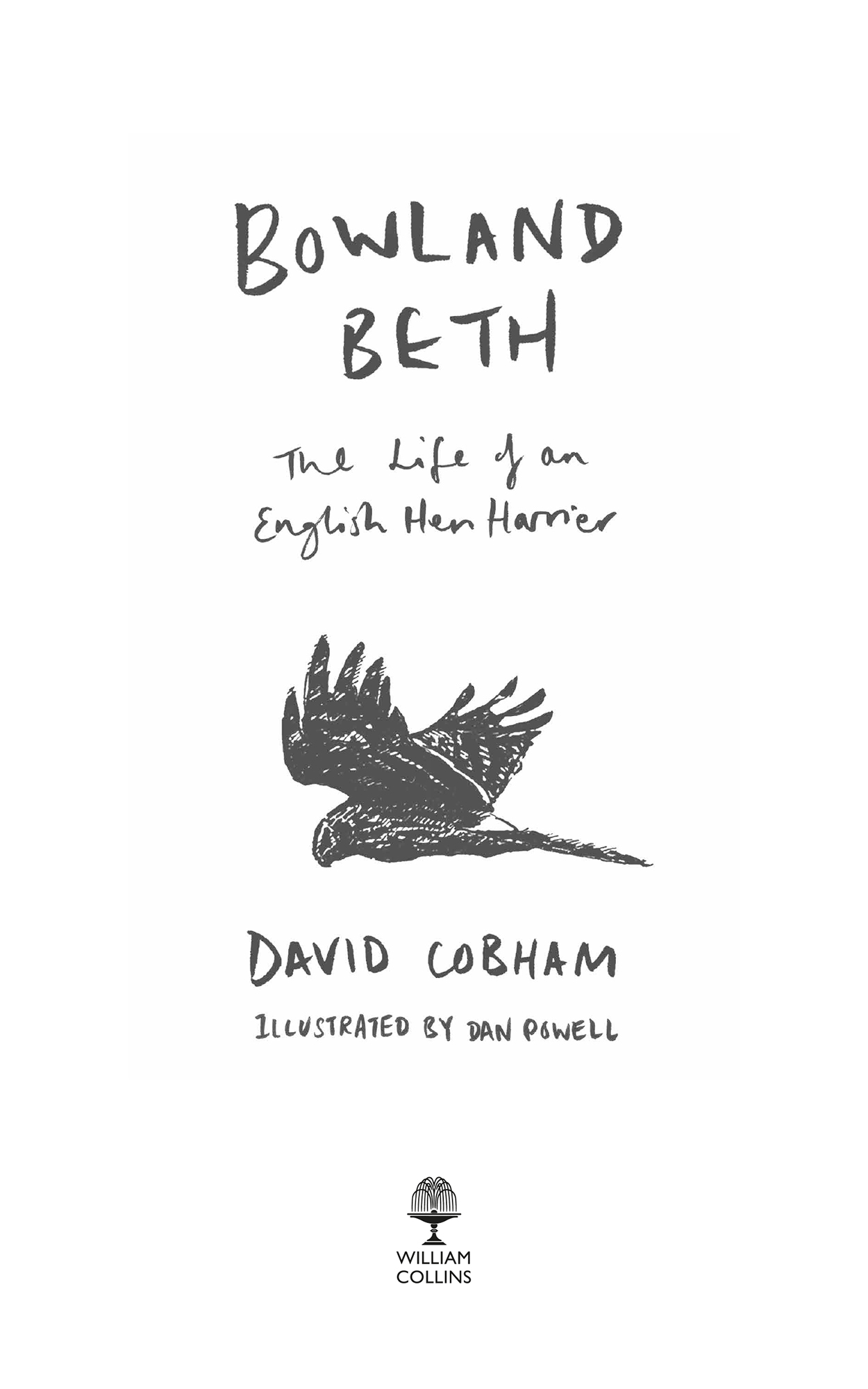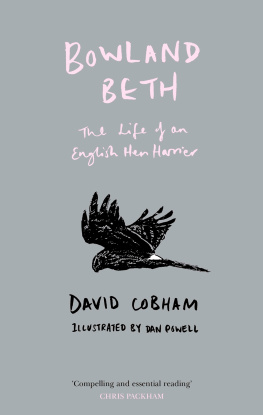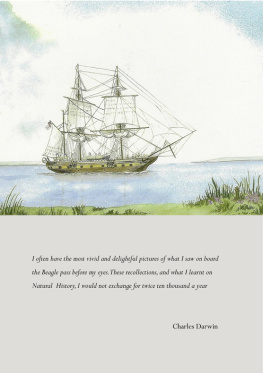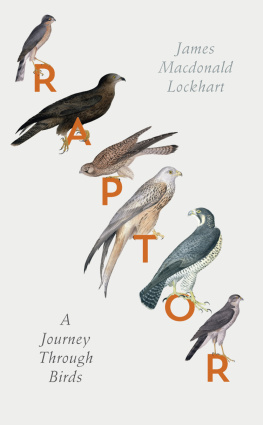

William Collins
An imprint of HarperCollinsPublishers
1 London Bridge Street
London SE1 9GF
WilliamCollinsBooks.com
This eBook first published in Great Britain by William Collins in 2017
Copyright David Cobham 2017
Illustrations (including cover artwork) by Dan Powell
David Cobham asserts the moral right to be identified as the author of this work.
A catalogue record for this book is available from the British Library.
All rights reserved under International and Pan-American Copyright Conventions. By payment of the required fees, you have been granted the non-exclusive, non-transferable right to access and read the text of this e-book on-screen. No part of this text may be reproduced, transmitted, down-loaded, decompiled, reverse engineered, or stored in or introduced into any information storage and retrieval system, in any form or by any means, whether electronic or mechanical, now known or hereinafter invented, without the express written permission of HarperCollins.
Source ISBN: 9780008251895
Ebook Edition August 2017 ISBN: 9780008251925
Version: 2017-07-11
CONTENTS
For Stephen Murphy,
who guards the flame that
keeps alive the future of our
English hen harriers.
March 2011. Late in the afternoon at the beginning of March, a dark chocolate-brown female hen harrier wheeled over the Forest of Bowland. The low sun enhanced her brilliant orange eyes, deep set in her owl-like face. She was looking down on the moors, still in the grip of last nights frost. Lines of grouse butts, positioned at the end of each drive, threw long shadows across the heather. A quick flick of a tail feather and a stronger down-beat on one wing brought her facing north. Below, she could pick out Wards Stone, the highest point in the Forest. Beyond, in the far distance, her eyes, eight times sharper than ours, picked out the Wig Stones thirty miles to the north. She was hungry. Her only kill had been a meadow pipit, not much of a meal. Where were the other harriers hunting?
She turned, flying across the Roman road towards the source of the Whitendale River. At once she spotted two harriers hunting the boggy ground draining into the river, so she spread her tail to check her speed, half closed her wings and in a series of zig-zags, the air whispering through her primaries, dropped down to join them.
Selecting an area to hunt over, she flew downwind, letting the wind do all the work, her wings held in a V above her back. She scanned the hoarfrost-rimed rushes and Molinia grasses passing slowly beneath her for any sign of movement, then turned at a dry stone wall and flew upwind. Flap, flap, flap, glide. She quartered up and down the marshy area like a person searching for something they had lost, but she was hungry and needed to make a kill.
She saw little piles of cut grasses piled on the banks of a rivulet signs of water voles, snug and warm in their burrows. She flapped her wings, spread her tail and slowed down. Ahead was a muddy patch that was untouched by the overnight frost. The cryptic plumage of a common snipe blended with the zig-zag pattern of the short grasses in the background, and it was only the sudden movement as the snipe plunged its sensitive bill into the mud that gave it away. The harrier suddenly flapped her wings once, stretched her legs down in line with her targeting eye and plunged down, her needle-sharp talons crushing the life out of the snipe.
She carried her kill away to a dense clump of rushes where she could pluck it and feed undisturbed. Ten minutes later, hunger satisfied, she joined the other harriers that were making their way back to the communal roost site at Brackenholes Clough.
The story of Bowland Beth is indelibly linked to Stephen Murphy, who leads the Natural England mission to safeguard the few remaining hen harriers in Bowland. I have known Stephen since 2006, when he radio-tagged a pair of marsh harrier chicks at the Hawk and Owl Trust reserve at Sculthorpe Moor in Norfolk. With the help of my original interviews with him in 2012 and many recorded over the years 2014 to 2016 I have been able to piece together the events that ushered Bowland Beth into the world.
I am looking at a photograph of him as I write. He has close-cropped hair, fine-chiselled features and is grinning at the camera because he is holding a month-old hen harrier chick on his knee. He radiates a natural enthusiasm for hen harriers, infecting everyone he meets with his love for these birds.
My dream job at Bowland, which I started in 2002, was seen, by some, as a poisoned chalice, he says. Bowland is a place I love dearly. It had once been the stronghold of breeding pairs of hen harriers in England twenty-plus pairs in the 1980s. From then on, the productivity of the birds yo-yod up and down every two or three years. Now, in 2012, were down to one breeding pair.
A survey of hen harriers in the British Isles was carried out in 2010. There were then 630 pairs, with the great majority five hundred-plus pairs in Scotland, small populations in Wales and Northern Ireland of just under sixty pairs, and a diminishing population of thirty pairs on the Isle of Man. In England the breeding population was a mere twelve pairs, although conservationists tell us that there is suitable moorland habitat for three hundred-plus pairs.
March 2011, Norfolk. The cold darkness before sunrise after a sharp overnight frost. The three-year-old male hen harrier stood up from his roosting place, a soft couch in an area of sphagnum bog surrounded by rushes, heather and dwarf silver birch. Deep within his body chemical changes were taking place, urging him to fly north and seek a mate, forces that would shape everything that would happen in the future. He scanned the roost and counted the dark shapes four other harriers nearby. It was common land and had been used by harriers as a safe roosting place for centuries.
The harrier stepped forward and cast up a pellet, an oblong mass of fur, feather and bones. He had arrived two days earlier, having overwintered in France, and was now in peak condition. The first light of the rising sun showed a very handsome bird: bright orange eyes, the cere above his sharply curved beak bright yellow, his body apart from his scapulars and mantle, which were a dusky brown covered in a silver-grey plumage, black primaries, grey tail and long yellow legs with sharp black talons. He took off, and as he circled higher and higher he saw beneath him the sugar beet fields, where yesterday he had hunted for finches, pipits and migrant thrushes. A few pink-footed geese, stragglers, were flighting in to feed on the sugar beet tops. Further on he skirted the Wash, a vast mud flat separating Norfolk from Lincolnshire. He saw huge flocks of wading birds taking to the air and flying inland as the rising tide covered the glistening mud.
Deep within his brain, information stored from his first view of the nest in which he was hatched directed the sturdy pectoral muscles in his chest, forcing his spread wings down, driving him forward. At the end of each stroke other muscles retracted the wing, ready for the next driving forward stroke. He was heading two hundred miles north-west to the Forest of Bowland, where he had been born three years ago.
Halfway through the Mesolithic Age, ten thousand years ago, the hen harrier would have been a common sight in England. Then, there were millions of acres of heaths, moors, mountains and barren lands. These, together with undrained bogs and marshes, would have provided huge areas of suitable hunting and nesting habitat for harriers to enjoy. The late Derek Yalden and Umberto Albarella found just such a landscape in the Bialowieza National Park on the PolishByelorussian border, and in their historical reconstruction they described what bird life would have been like in Britain at that time. Taking the average densities in areas studied by experts in Britain and combining them with the fact that there would have been no persecution or interference, Yalden and Albarella were able to calculate a Mesolithic hen harrier population of 2,803 pairs.















